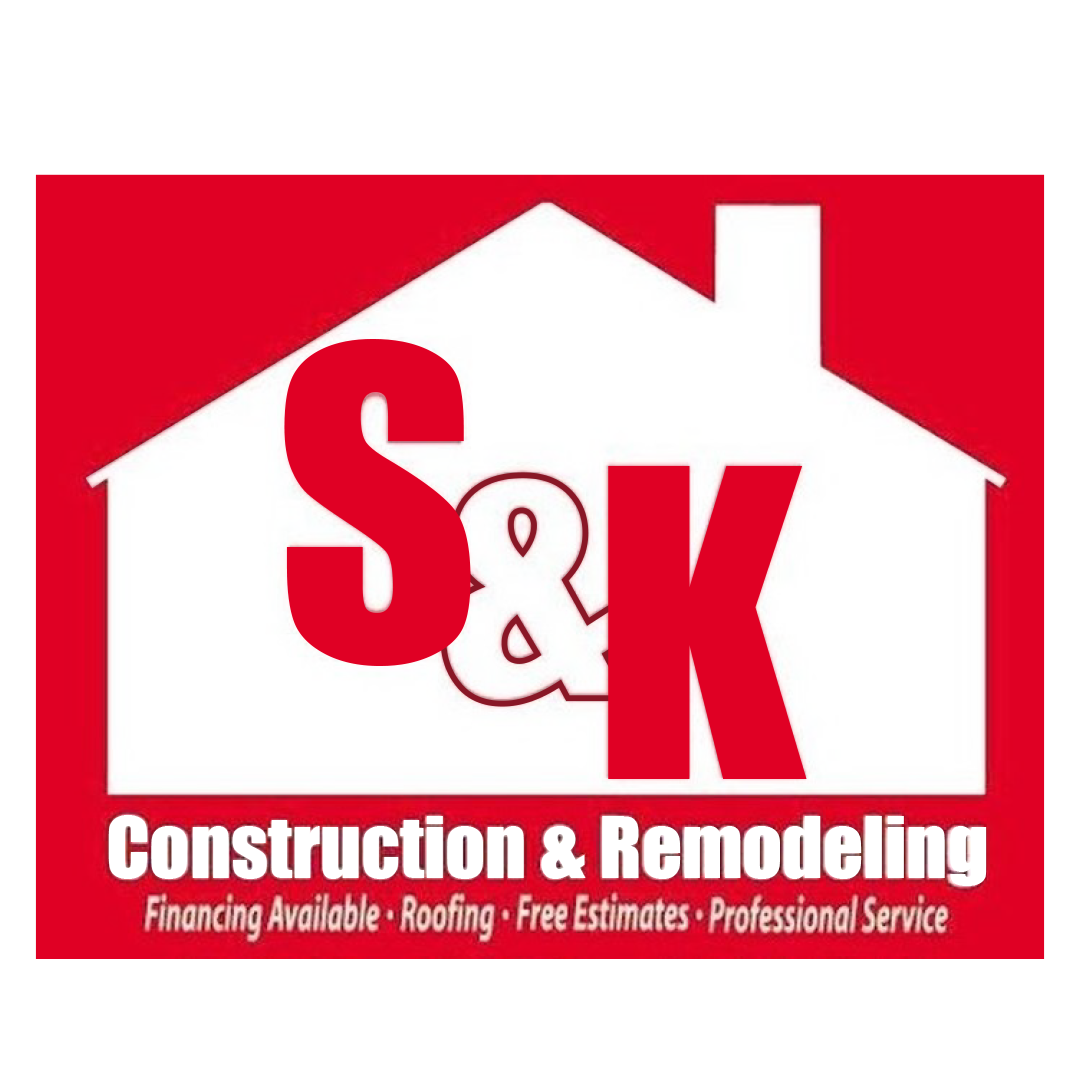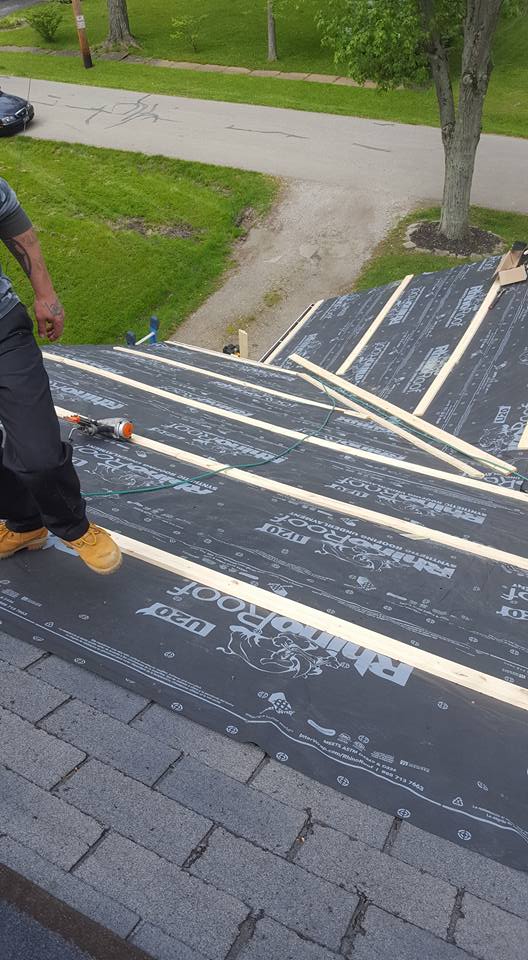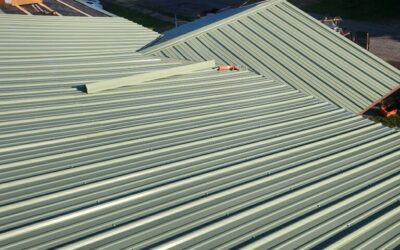Here’s a breakdown of the pros and cons of vinyl siding, perfect for homeowners considering this popular exterior cladding option:
✅ Pros of Vinyl Siding
1. Affordability
Vinyl siding is one of the most cost-effective siding materials on the market. It’s generally less expensive than fiber cement, wood, or brick, making it a great option for budget-conscious homeowners.
2. Low Maintenance
Unlike wood siding, vinyl never needs painting, staining, or sealing. Just rinse it with a garden hose or pressure washer once or twice a year to keep it looking fresh.
3. Durability
Vinyl siding is designed to withstand weather extremes, including heavy rain, snow, and UV exposure. High-quality vinyl can last 20–40 years or more when properly installed.
4. Variety of Colors and Styles
Modern vinyl siding comes in a wide range of colors, textures, and profiles, including options that mimic wood grain or board-and-batten styles.
5. Improved Energy Efficiency (with insulated options)
Insulated vinyl siding can help reduce heat loss and improve energy efficiency, especially in colder climates like Northeast Ohio.
6. Pest and Rot Resistance
Vinyl is impervious to termites, carpenter ants, and rot, making it a great alternative to wood.
7. Quick Installation
Vinyl siding is lightweight and easy to install, which means lower labor costs and faster project timelines for companies like S&K Construction and Remodeling LLC.
⚠️ Cons of Vinyl Siding
1. Not as Impact Resistant
While durable, vinyl can crack or break from severe hail, lawnmower debris, or a baseball. Damaged panels may need full replacement, not just repair.
2. Color Fading Over Time
Lower-quality vinyl can fade in strong sunlight, and the color is baked in — meaning it can’t be repainted like wood or fiber cement.
3. Moisture Issues if Improperly Installed
If vinyl siding is not installed correctly, it can trap moisture behind the panels, leading to mold, mildew, or structural rot.
4. Seams Are Visible
Because vinyl comes in standard lengths, there are visible seams where panels overlap. Some homeowners find this less attractive than seamless materials.
5. Environmental Concerns
Vinyl is made from PVC (polyvinyl chloride), a type of plastic. While it’s long-lasting, it’s not biodegradable and can release toxins if burned.
6. Perceived Lower Value
In some real estate markets, vinyl siding is seen as lower-end compared to wood or fiber cement, which could impact resale value depending on the area.
Should You Choose Vinyl Siding?
It depends on your priorities:
- If you want affordability, low maintenance, and style variety, vinyl is a smart choice.
- If you prioritize maximum durability and prestige resale value, you may want to compare other options like fiber cement or engineered wood.
🔨 Vinyl Siding in Northeast Ohio
If you’re in Youngstown, Jefferson, Madison, or Cleveland, vinyl siding is a smart, weather-tough option — especially when installed by professionals like S&K Construction and Remodeling LLC.
As an experienced siding contractor with over 300 4.7-star Google reviews, we’ll walk you through your siding options, offer financing plans, and show you before-and-after photos of our work.
Need a quote or more info? 📞 Call S&K Construction and Remodeling LLC today or visit our website to schedule a free estimate!
Would you like this turned into a full SEO blog post (around 1,500–2,000 words)?
 (440) 307-2060
(440) 307-2060



